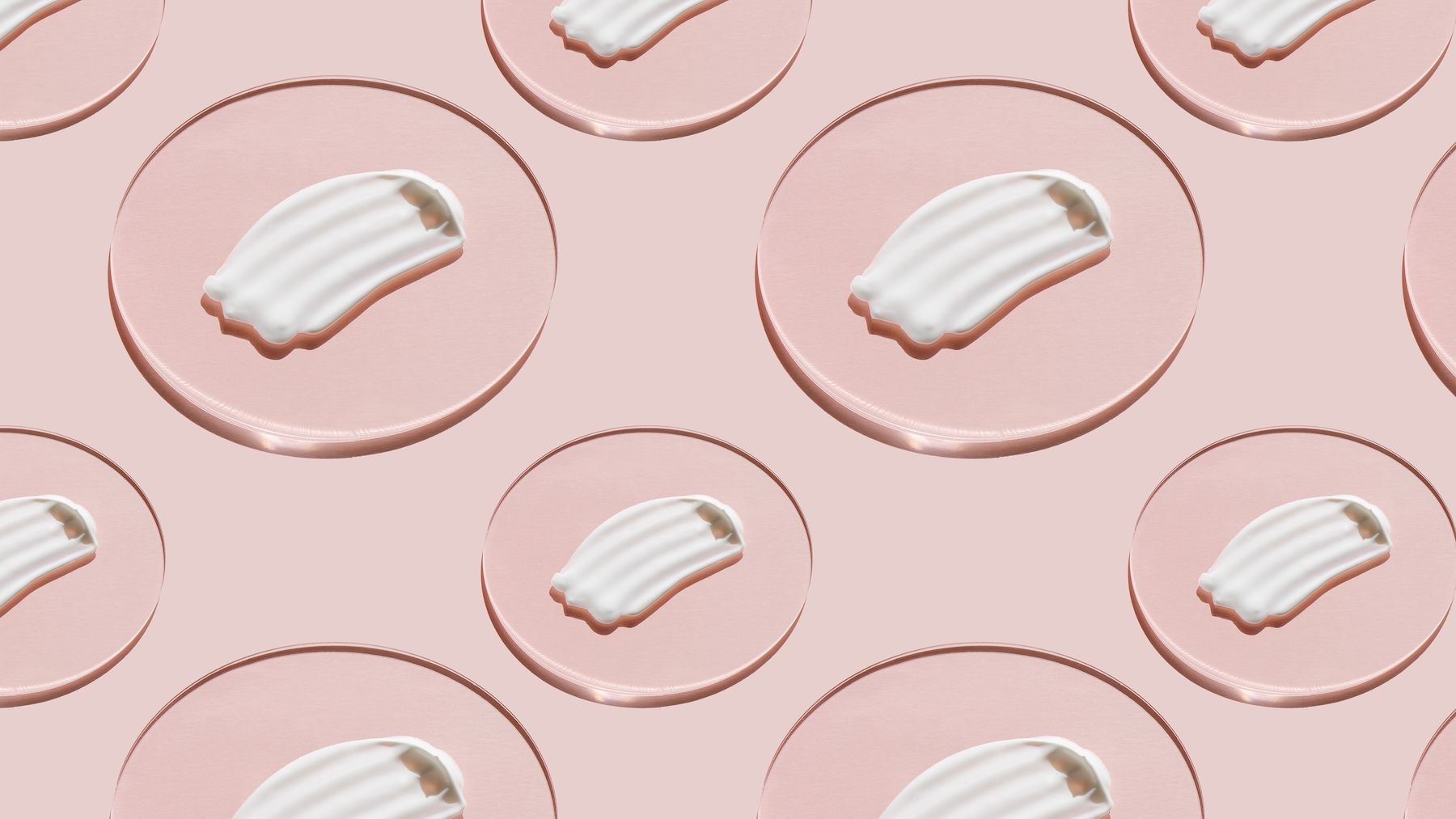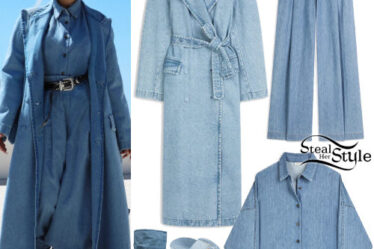
Beauty’s biggest conglomerates are cutting their losses.
Earlier this month, L’Oréal quietly offloaded Sanoflore, the natural skin care brand it acquired in 2006, to private equity firm Ekkio Capital, and stopped the commercialisation of Decléor, the essential-oil-based skincare line it purchased from Shiseido in 2014. The divestitures, while significant, got a fraction of the attention that the French conglomerate received when it splurged for Aesop in April. Unilever, meanwhile, hired investment banks Morgan Stanley and Evercore Inc in September to sell off its non-core beauty portfolio that includes Caress, TIGI, St. Ives and Q-Tips.
As competition in beauty has become more fierce, larger companies like L’Oréal, Unilever and Kao are moving from generalists to specialists in a quest to cut costs and follow stricter divisional mandates. While conglomerates often have plenty of cash on the balance sheet, there is no doubt that financial pressure is mounting. (Following a projected fifth year of profit slump, Kao, the Japanese owner of Bioré and Curél, has committed 60 billion yen, or approximately $400 million, to structural reforms, with the cosmetics business at the forefront.) Internal hurdles like staffing and resourcing can make sustaining a scattergun portfolio approach hard; specialising enables these organisations to make bigger, better bets.
“Historically, the focus was just, ‘We are a beauty company’,” said Marko Horvat, a managing director at investment bank Raymond James. “Focus has become a recent theme. There’s now a view that specialisation lets [strategics] extract more value, rather than a portfolio that’s a little of this and a little of that.”
Meeting New Desires
When L’Oréal acquired Sanoflore and Decléor, both brands were part of the nascent but still growing natural beauty segment. Just a decade ago, consumers were quick to shop for “organic” or “botanical” creams and lotions; clean beauty quickly became a new non-negotiable. But the launch of single-ingredient, high-transparency brands like The Ordinary and rise of so-called skintellectual consumers shifted the tide; now, shoppers are choosing potency over plants, with science-backed brands proudly touting their clinical credentials.
Decléor and Sanoflore once fell in L’Oréal’s Active Cosmetics division alongside more high-tech brands like Vichy, La Roche-Posay, Cerave and Skinceuticals. In 2022, the company went further in investing in the clinical side of the business with the acquisition of Skinbetter Science, a doctor-dispensed line founded by pharmaceutical industry specialists. Following the purchase, the company rebranded the segment to Dermatological Beauty, and L’Oréal’s skin care focus became clearly that: beauty with a white coat.
“Every portfolio needs to be managed on a forward-looking basis,” Horvat said, adding that companies have to base decisions on where they think the consumer will be in the future, and not just where they are now.
Other conglomerates are following narrower mandates. Shiseido wants to be the “number one skin beauty company,” while Coty is focussed on bolstering its prestige lines with new licences like Marc Jacobs Beauty and in-house lines such as Orveda, at the threat of losing Gucci. In step with these changes, rumours have swirled that Kylie Jenner and Kim Kardashian are interested in buying back their respective brands, Kylie Cosmetics and SKKN By Kim, from Coty.
But a stricter focus can fuel strategic imperatives. E.l.f Beauty added Naturium to its portfolio in August to increase its penetration in skin care. At the time, E.l.f Beauty’s chief executive officer Tarang Amin noted the importance of the brand’s popularity with dermatologists and cosmetic chemists, as well as its fiscal profile.
Crafting a niche can also just mean playing to one’s strengths, said Rachel ten Brink, founder and general partner at Red Bike Capital. “There’s certain areas where a company may have more expertise, whether that’s marketing or research and development, or perhaps in a different geographic area.”
In those cases, continuing to focus on brands with potential in that market or sub-sector may yield more reliable returns.
Mounting Fiscal Pressures
Hot competition and trending brands are only one side of the coin — sometimes, decisions are led by market conditions and the rising cost of capital.
In an analyst call in September, Kao senior managing executive officer Toru Nishiguchi put it bluntly: “Kao must transform itself speedily, now.” The company has committed to divesting 28 brands by 2024, as part of wider cost-cutting reforms. The company refers to its new mandate as the “sharp top strategy”, with skin protection, defined as UV, environmental protection and self-tanning, being its tentpole.
“With easy money over the last 10 years, there have been some acquisitions that were made under the zero-interest-rate environment that [a company] may not want to keep investing in now because the cost of capital is so much higher,” said Bill Detwiler, managing partner at Fernbrook Capital Management.
Human resources is another squeeze. The scarcest resources for strategics often is the time and attention of its people. Instead of pure capital reallocation, offloading brands can allow for greater resourcing in other areas, and perhaps even freeing up top-performing staff. Acquirers may have a rose-tinted view that their high achievers can lend a hand on newly-added brands, but in reality, those employees likely have a lot of headwinds in the business, or businesses, they already work on.
That’s not to say strategics will have blinkers on when a hot new brand crops up, even if it’s outside of their mandate. Through corporate venture capital arms, like Unilever Ventures or L’Oréal’s BOLD, strategics can still gain upside to emerging brands and derive value from them. But more often than not, strategics are looking for proven assets that have long-term potential.



